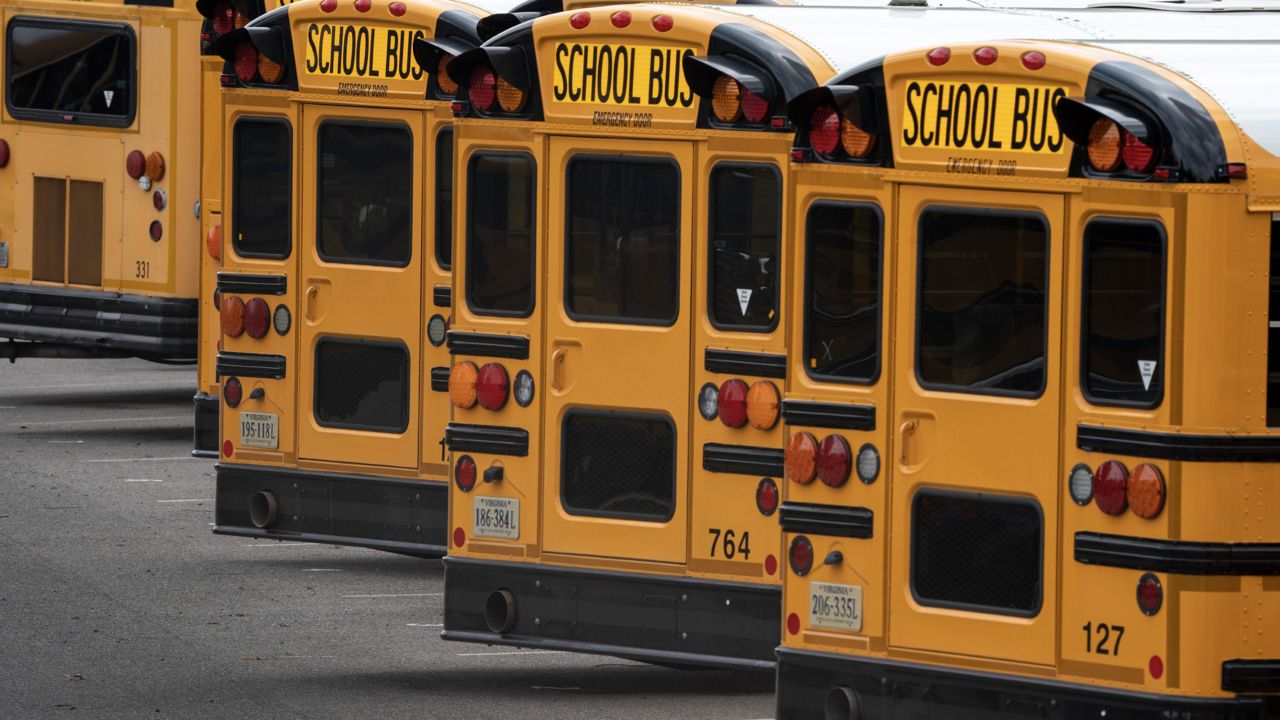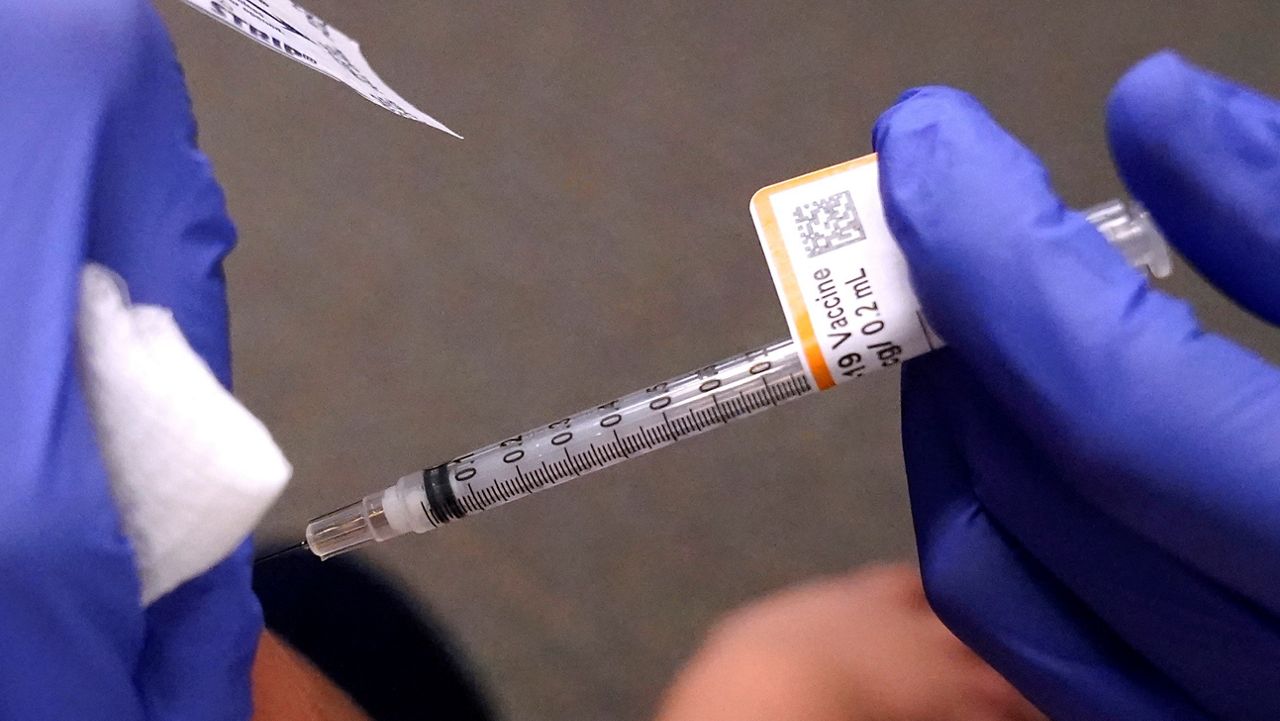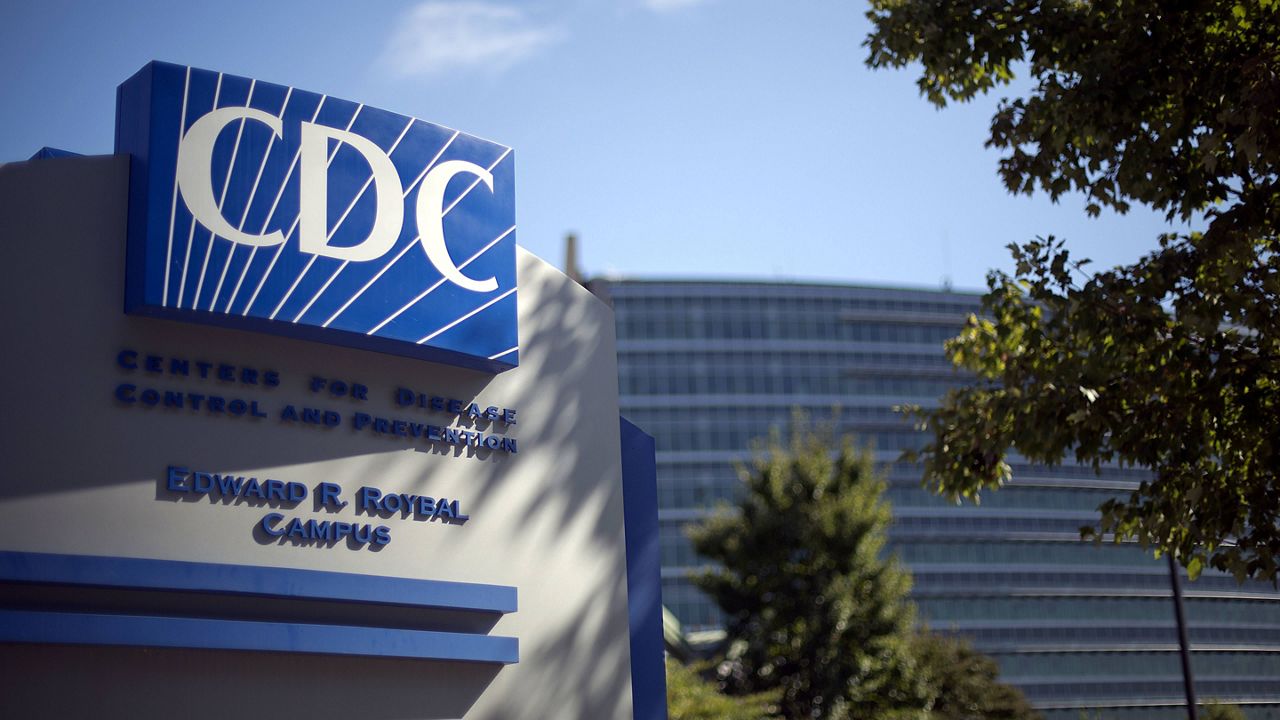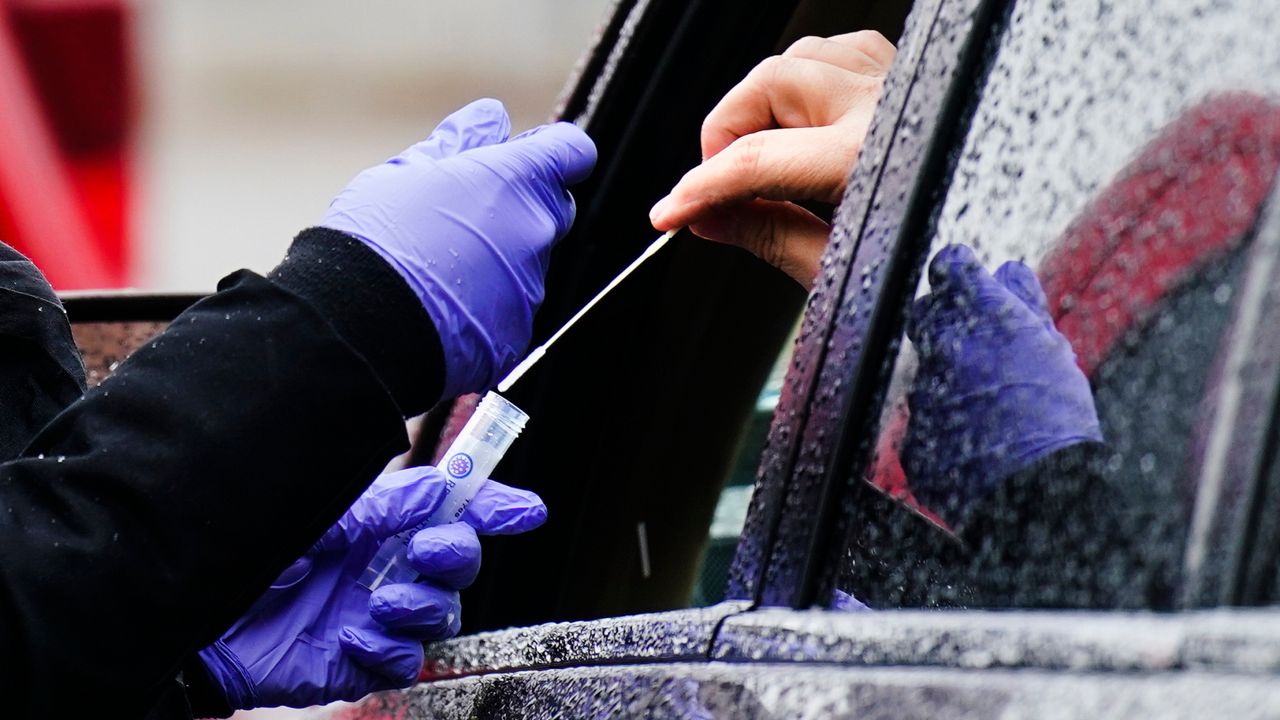Public schools in North Carolina will be required to offer in-person instruction to all students by the end of March after a vote by State Board of Education members on Thursday.
Most school districts in the state have brought some students back into classrooms in some form or another with varying guidelines to help prevent the spread of the coronavirus. But some students have not been back in front of teachers in-person for almost a year.
New guidelines from the North Carolina Department of Health and Human Services say public schools should reopen for all K-12 students, require face coverings for all students, and six feet of social distancing for grades six and up.
“Schools should only use remote learning options for higher-risk students and for families opting for remote learning for their children,” DHHS said, releasing the new coronavirus guidelines for schools.
“Extensive research tells us we can bring students back to the classroom with the right measures in place,” DHHS Secretary Dr. Mandy Cohen said in a statement. “And students need in-person school not only for academics, but to learn social skills, get reliable meals, and to continue to grow and thrive.”
The State Board of Education voted unanimously to approve the resolution and adopt the new DHHS guidelines.
“The governing boards of all North Carolina public school units should resume providing all students enrolled in grades kindergarten through twelfth grade with the option of in-person learning to the fullest extent possible consistent with the guidelines in the North Carolina Strong Schools Toolkit and the health and safety needs of the students, beginning no later than the end of March of 2021,” reads the resolution approved Thursday by the state board.
Cohen and Gov. Roy Cooper called on school systems in the state to reopen in early February. The governor left final decisions of how and when to reopen for in-person classes up to local school boards.
COVID-19 vaccines became available for teachers and school staff on February 24.
The governor recently vetoed a bill from the Republican-led General Assembly that would require schools to reopen.
“The question on SB 37 that I vetoed is not whether our children should be in the classroom in person. They absolutely should. The question is whether we do it safely," Cooper said on Monday.
“The bill allows middle and high school students to be in school without following NCDHHS and CDC guidelines on social distancing. SB 37 also removes authority from state and local officials to put students in remote learning in an emergency like a new COVID variant hitting our schools," Cooper said in a statement after vetoing the bill.
New coronavirus cases and the number of people in the hospital with the virus continue to decline.
State public health officials released the new school reopening guidelines this week as the State Board of Education prepared to debate getting students back in the classroom.
The guidelines spell out how schools should return to the classroom, with different rules for three broad groups. Here’s how it’s broken down in the new StrongSchoolsNC Public Health Toolkit:
Kindergarten to 5th Grade: “Schools should return to in-person instruction to the fullest extent possible up to five days per week while following all public health protocols in the StrongSchoolsNC Toolkit.” Schools can opt to either follow a plan for 6-feet social distancing or a minimal social distancing plan.
6th to 12th Grade Students: Schools should return these students to in-person classes up to five days a week. These older students will need to follow six-feet social distancing requirements, including while sitting in classrooms. “The requirements for Six Feet Social Distancing provide an additional layer of protection in middle and high school settings, recognizing that studies indicate that younger children appear to be less likely to spread COVID-19 to others than older teens and adults.”
Remote Learning Option: Schools will still have to have a remote learning option for students. School systems will have to create a process for students and/or their families, teachers, and staff to self-identify as high-risk from COVID-19 and have a plan in place to address requests for alternative learning arrangements or work re-assignments.”









